Optimal Timing for Air Quality Testing
Air quality testing is essential for assessing indoor and outdoor air conditions, identifying pollutants, and ensuring healthy environments. Proper timing of these tests can enhance accuracy and provide meaningful insights into air quality fluctuations throughout different periods.
Testing during different seasons reveals how weather changes impact air quality, such as increased pollen in spring or pollution buildup in winter.
Conducting tests after construction or renovation helps identify residual pollutants and ensures indoor air safety.
Testing before and after events like fires or industrial activities provides data on pollutant levels and potential health risks.
Monitoring during days with known high pollution levels offers insights into peak exposure risks.
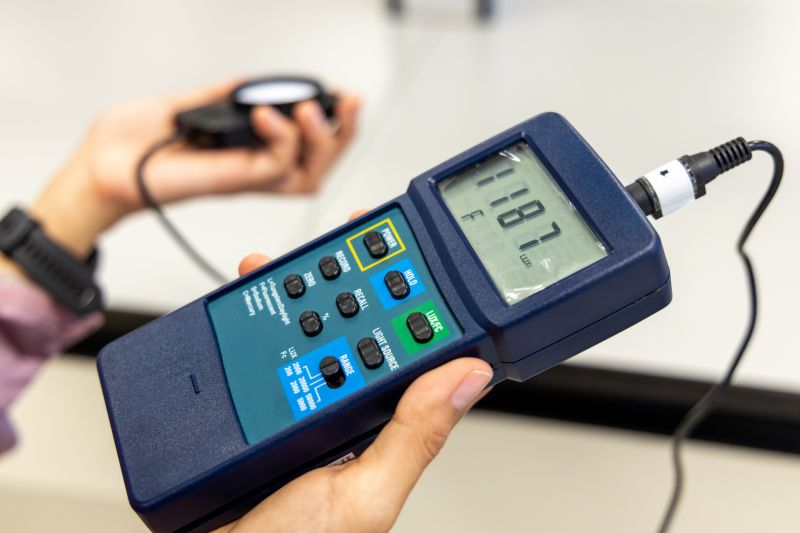
Advanced devices used for accurate measurement of pollutants.

Samples collected from various indoor locations to assess air quality.
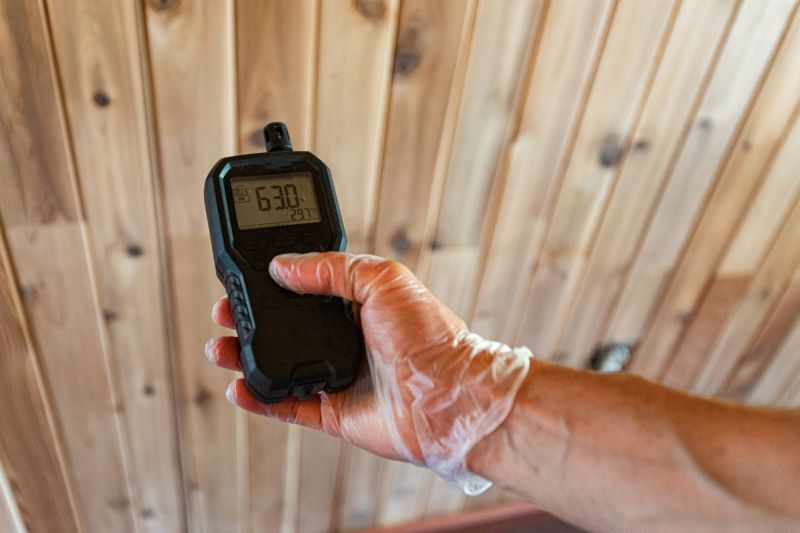
Outdoor stations measuring pollutants in real-time.
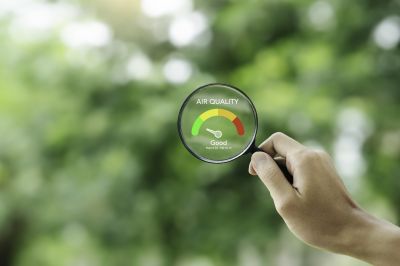
Samples analyzed to determine pollutant concentrations.
| Timing Aspect | Details |
|---|---|
| Seasonal Testing | Reveals how weather impacts pollutant levels. |
| Post-Construction | Detects residual dust and chemical emissions. |
| Event-Based Testing | Assesses impact of specific incidents like fires. |
| High Pollution Days | Captures peak pollutant concentrations. |
| Routine Indoor Checks | Maintains ongoing indoor air quality. |
| Weather Changes | Identifies fluctuations due to weather conditions. |
| Ventilation Changes | Evaluates effects of HVAC or ventilation updates. |
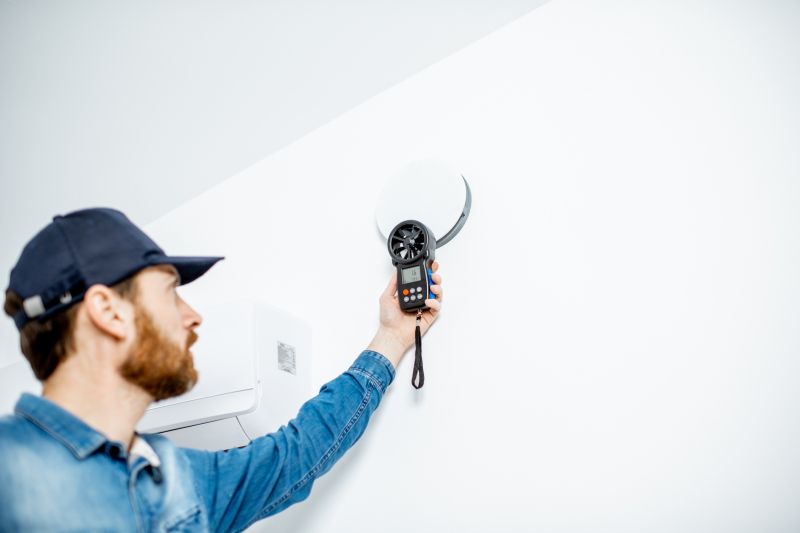
Portable devices used for collecting air samples.
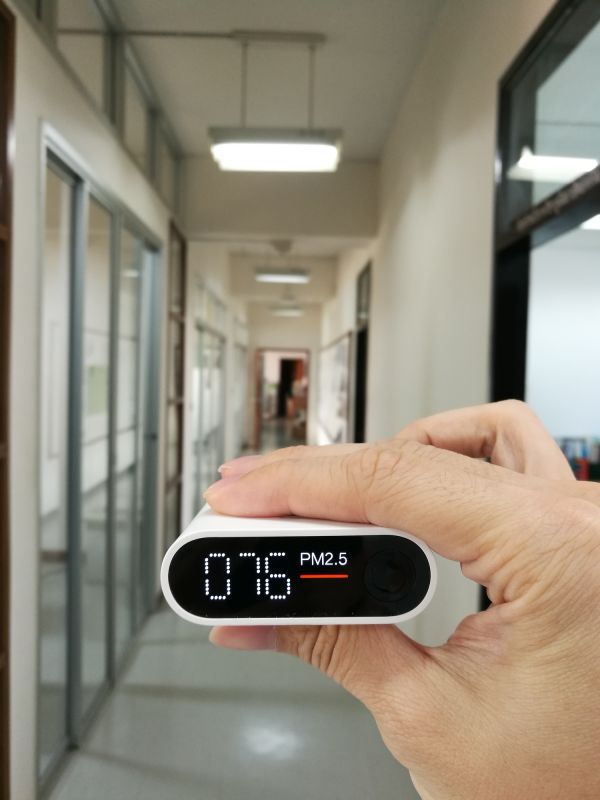
Samples analyzed for detailed pollutant profiles.
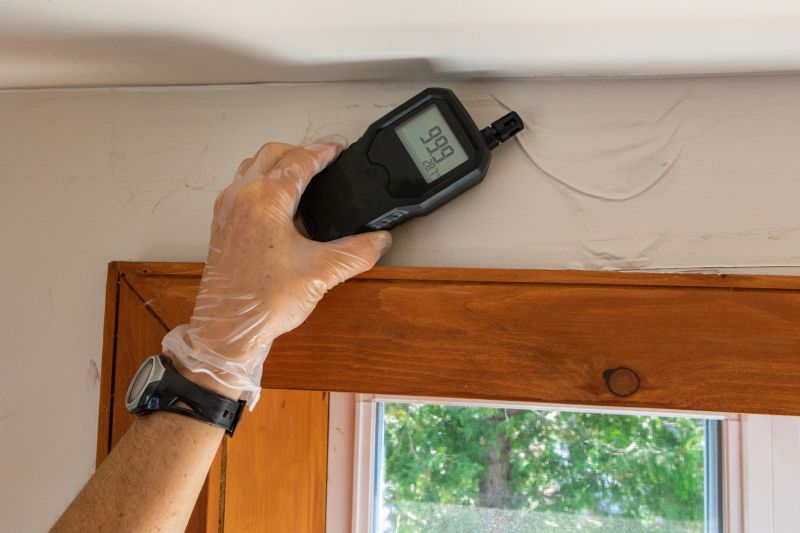
Real-time sensors installed in indoor environments.
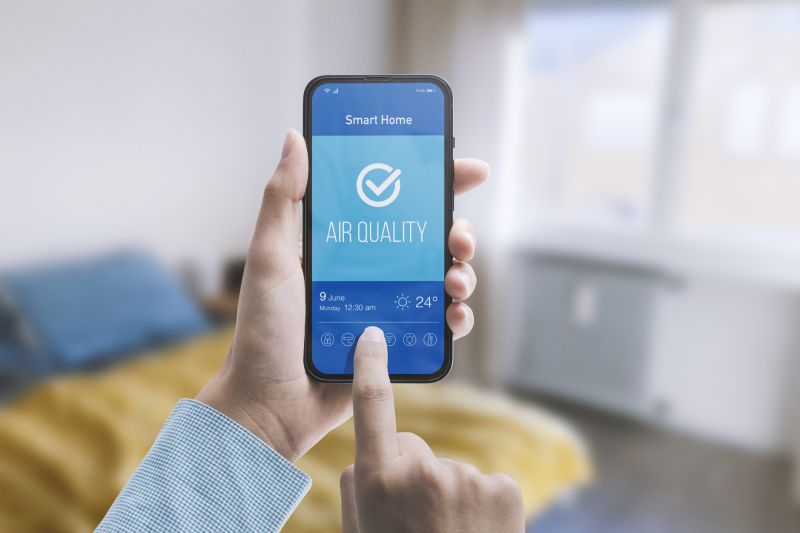
Stations tracking ambient air quality continuously.
Interested in assessing air quality at specific times or conditions? Filling out the contact form can provide tailored testing options to meet particular needs and ensure a comprehensive understanding of air conditions in any environment.
